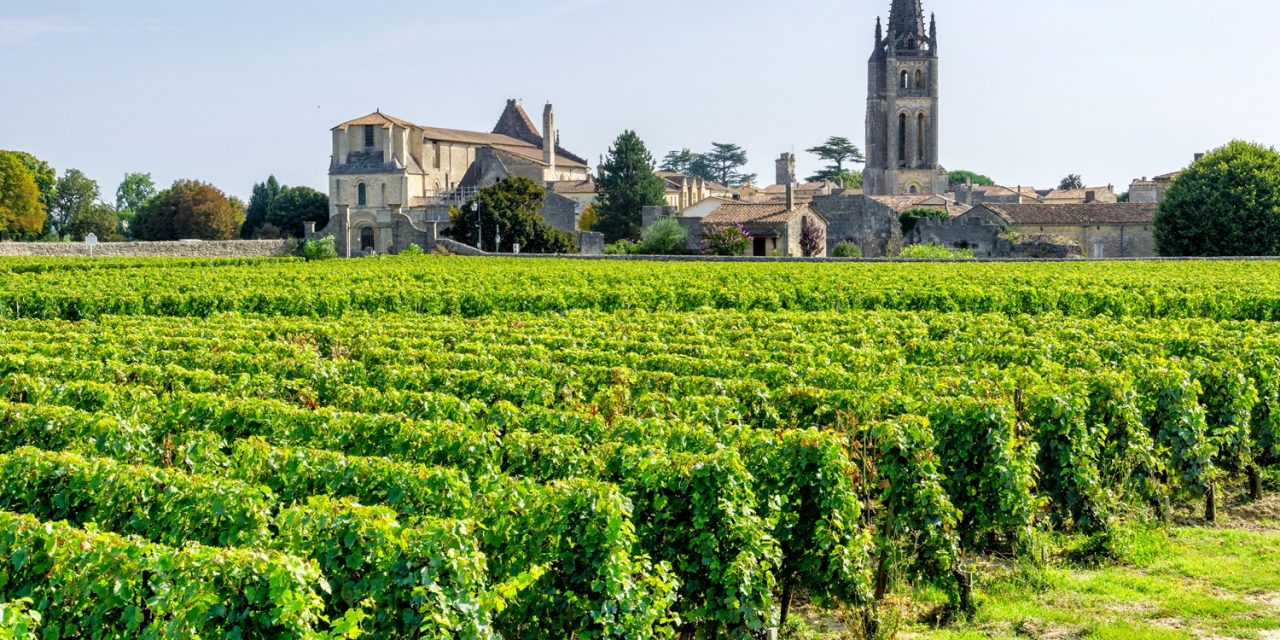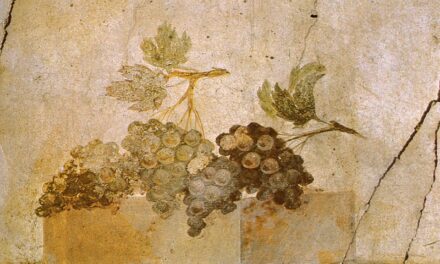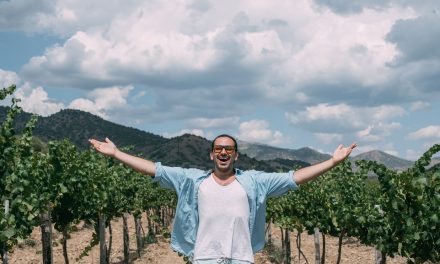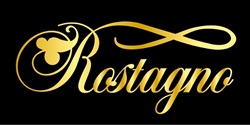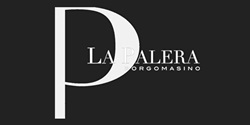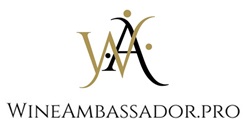Insights from Safer’s 2023 Report: Navigating the Shifting Dynamics of French Viticulture
PARIS – In recent years, the French wine market has become increasingly complex and difficult to decipher, reflecting broader trends within the vineyard sector. The latest report from Safer, a specialized agency, highlights these intricacies, particularly in the renowned Bordeaux region, which is experiencing an unprecedented crisis.
According to Safer’s 2023 report, France saw 8,770 vineyard transactions across the country, marking a 7.6% decline from 2022. The total area of vineyards changing hands also dropped by 12%, amounting to 16,000 hectares. However, the overall value of these transactions surged by 15.8%, reaching €1.17 billion. Safer estimates that 2.05% of French vineyards changed ownership in the past year.
The average price per hectare for AOC (Appellation d’Origine Contrôlée) vineyards rose slightly by 1.6%, now standing at €153,700. In contrast, non-AOC vineyards saw a decrease in value, averaging €15,000 per hectare, down by 1.8%. Bordeaux and Aquitaine, despite facing significant declines in transaction numbers (down 20.6%) and hectares exchanged (down 24.4%), generated the highest total value of €290 million, a 32.9% increase. The average price for AOC vineyards in this region fell by 4.2%, to €109,100 per hectare.
Diving deeper into specific areas reveals stark differences. In Pauillac, the value of a hectare remains stable at around €3 million. Pomerol also holds steady at €2 million per hectare, and Margaux at €1.5 million per hectare. However, Saint-Emilion saw a 10% decrease, with prices now at €270,000 per hectare, while Sauternes experienced a 7% drop, bringing prices down to €28,000 per hectare.
Bordeaux and Aquitaine’s market trends are mirrored in the Rhône Valley and Provence, where the number of transactions fell by 18.5% and the area involved decreased by 18.7%. Yet, the overall value rose by 20.4% to €267 million, with AOC vineyards averaging €52,500 per hectare, a 1.3% increase.
Champagne presents a different scenario altogether, with all metrics showing growth. In 2023, there were 983 vineyard transactions (up 2.2%), covering 280 hectares (up 31.3%), and a total value of €217 million (up 4.1%). The average price for an AOC vineyard in Champagne is now estimated at €1.09 million per hectare, a 2.3% increase. In the prestigious Côte de Blancs, prices reach €1.6 million per hectare, a 1% rise, while in the Aube, they stand at €932,200 per hectare, up 4%.
Burgundy, encompassing Beaujolais, Savoie, and Jura, experienced 910 property transfers (down 14.3%) covering 940 hectares (down 10.7%). Despite these declines, the total value surged by 64% to €167 million, with AOC vineyard prices averaging €238,500 per hectare, an 8% increase. Within Burgundy, the Côte-d’Or saw prices rise by 11% to €983,800 per hectare, whereas the Jura Valley reported a 6% increase to €42,800 per hectare.
An interesting trend noted by Safer is the shift in vineyard ownership. Over the past decade, the number of vineyards acquired by individual vintners has dropped by nearly 40%. Meanwhile, purchases by large wine-related corporate groups have doubled, indicating a significant transformation in the French wine sector’s landscape.
These shifts reflect a market in flux, with traditional vineyard ownership models giving way to larger, more consolidated entities. This transformation is likely to continue, reshaping the industry in profound ways, as economic pressures and changing market dynamics drive further evolution in the world of French viticulture.

